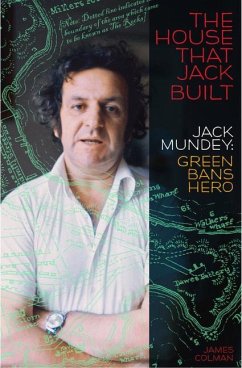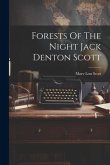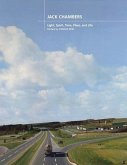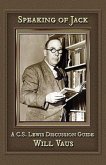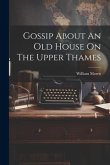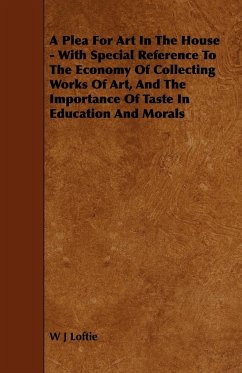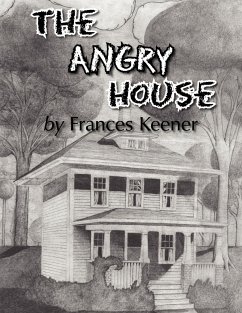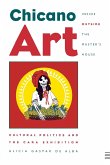This is the story of how an ordinary bloke from the bush became the key figure in a movement that would change the shape of our cities and bring about lasting political and legal reform. This is the story of the house that Jack Mundey built Without the green bans movement of the 1970s, Sydney and many other cities would look very different. Pulling together an unlikely alliance of environmentalists and union players earned Jack Mundey a reputation as both the ‘best-known unionist and best-known conservationist in Australia’. Under his leadership, the movement fought against the slash-and-burn philosophy that almost saw The Rocks fitted out with high-rise buildings, a highway through the centre of Glebe and total development of Centennial Park. In this long-awaited book James Colman reflects on Jack’s remarkable life and his ongoing legacy. Mundey overturned the bulldozer mentality of the 1960s and 1970s and made Australians value heritage, allowing us to protech what we now recognise as worth protecting.
Bitte wählen Sie Ihr Anliegen aus.
Rechnungen
Retourenschein anfordern
Bestellstatus
Storno

